TLDR
The cost to unclog a sewer line in 2025 ranges from $150 to $800 depending on the severity of the clog, method used, and location. In Louisiana, expect an average between $200 and $600 for standard blockages, with hydro jetting or emergency services costing more.
What Is Sewer Line Unclogging
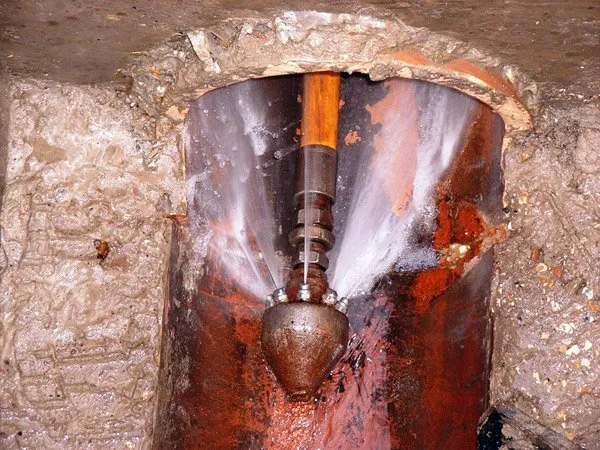
Sewer line unclogging is the process of removing blockages in the main pipe that carries wastewater from your home to the city sewer or septic system.
Minor clogs involve grease, debris, or paper buildup. Severe blockages often come from tree roots, collapsed pipes, or years of buildup.
When left untreated, these clogs lead to sewage backups, foul odors, and yard flooding.
Average Cost to Unclog a Sewer Line in 2025
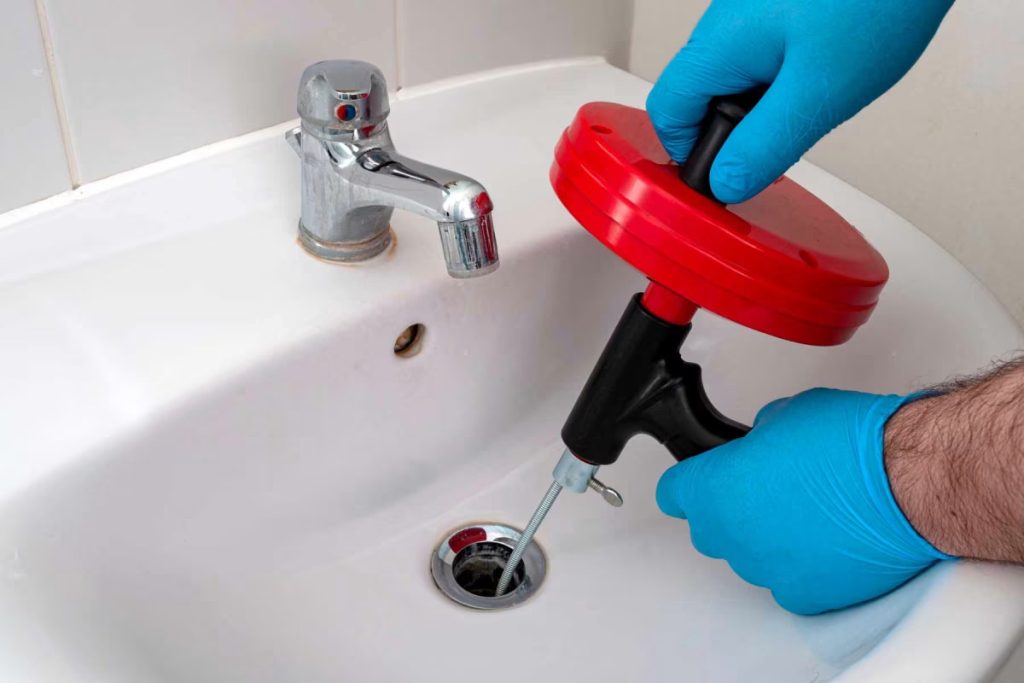
- National average: $150 to $800
- Louisiana average: $200 to $600
- Simple clog: $100 to $300
- Severe blockage with roots: $500 to $800+
- Sewer line repair if damage is found: $1,000 to $4,000
Emergency calls at night or on weekends add $100 to $300 more. Hydro jetting, which uses high-pressure water, often costs between $400 and $1,000.
Factors That Affect the Cost
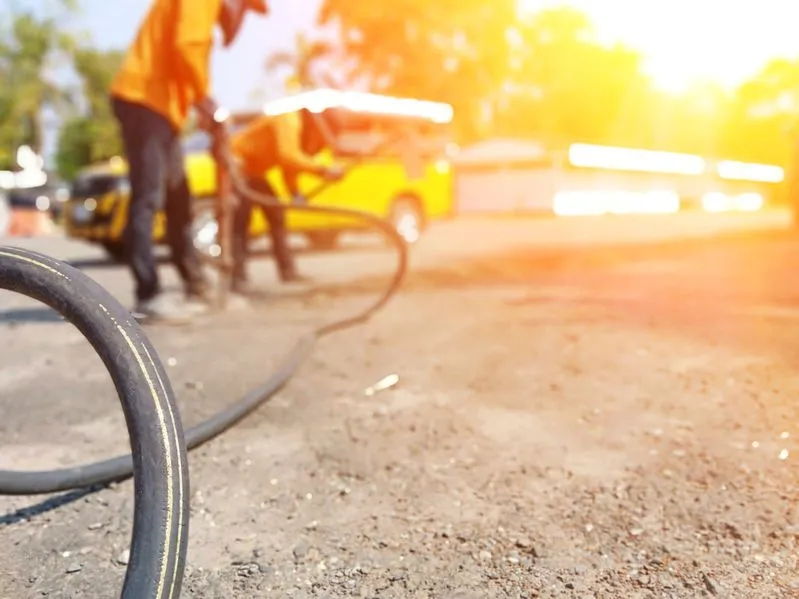
Several factors influence the total price:
- Length and depth of sewer line
- Type of clog (grease vs tree roots vs collapsed pipe)
- Method used (snaking, hydro jetting, camera inspection)
- Labor rates in your area
- Accessibility of cleanout points
- Emergency or after-hours service fees
Sewer Solutions advises homeowners to get a camera inspection before major work. Inspections usually cost $100 to $300 but prevent unnecessary repairs.
Methods to Unclog a Sewer Line and Their Costs
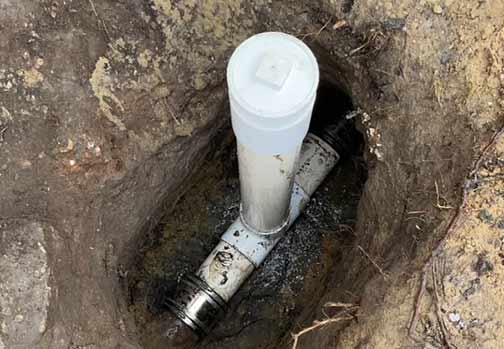
- Snaking: $150 to $300, best for minor clogs
- Hydro jetting: $400 to $1,000, ideal for tree roots and heavy buildup
- Chemical treatments: $50 to $150, often temporary and not recommended for major clogs
- Trenchless repair: $1,500 to $4,000+ if a clog reveals pipe damage
Snaking is quick and affordable. Hydro jetting gives longer-lasting results but requires specialized equipment. For severe cases, especially when you need to remove tree roots from sewer line, professionals often combine hydro jetting with a camera inspection to ensure the pipe is fully cleared and undamaged.
Signs You Need Sewer Line Cleaning
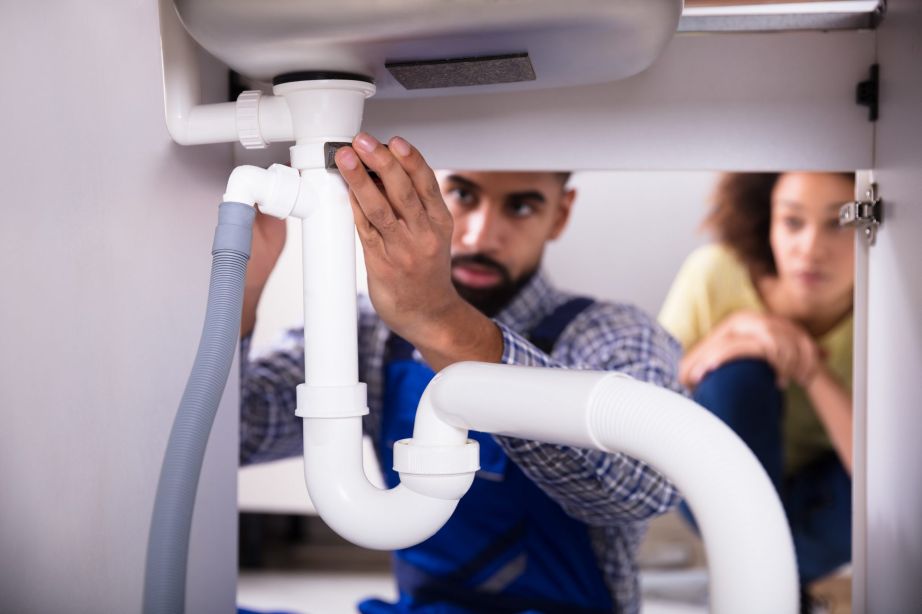
- Slow draining sinks and tubs
- Toilets gurgling when other drains are used
- Sewage backup in basement or lowest-level drains
- Bad odors coming from drains
- Wet spots or sinkholes in your yard
If you notice more than one of these signs, your main sewer line likely needs professional cleaning.
Sewer Line Maintenance to Avoid Costly Clogs
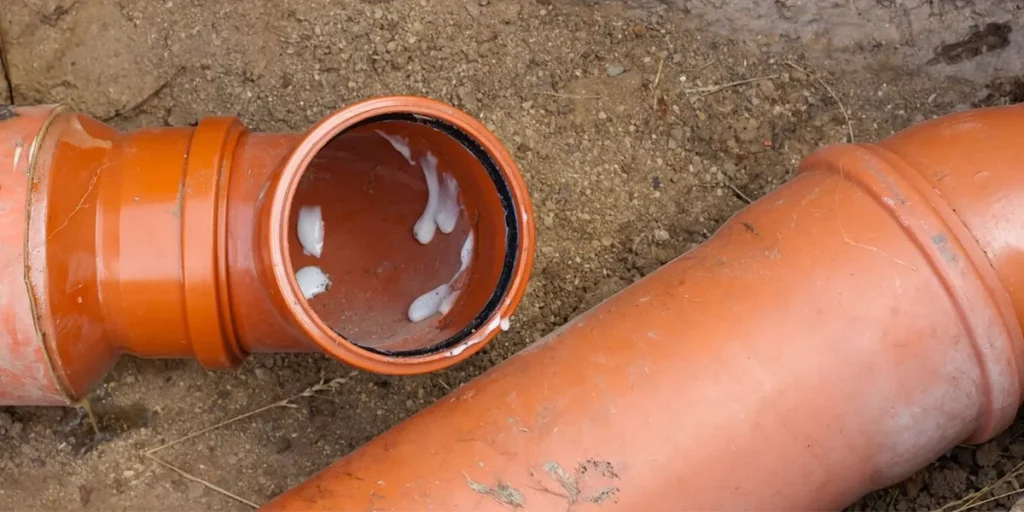
- Schedule regular inspections every 1 to 2 years
- Never pour grease, oil, or fat down drains
- Avoid flushing wipes, hygiene products, or paper towels
- Install root barriers near trees close to sewer lines
- Consider annual hydro jetting if you live in older neighborhoods with root problems
Preventive maintenance costs less than dealing with a full clog. Sewer Solutions often sees clients spend $200 annually on maintenance instead of thousands on emergency repairs.
DIY vs Professional Sewer Line Unclogging
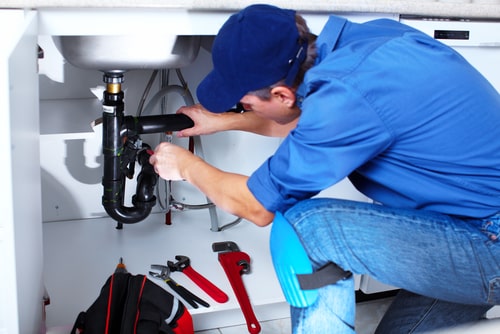
DIY methods sometimes work for minor clogs. Renting a plumbing snake costs $50 to $100. Store-bought chemicals cost less than $50 but often fail on major clogs.
Professional plumbers charge more but bring experience and proper equipment. A misstep with DIY can damage pipes, leading to repairs that cost thousands. Call a professional if:
- Multiple drains back up at once
- Yard flooding is visible
- Toilets gurgle or overflow after other fixtures are used
Sewer Line Unclog Cost in Louisiana

In Louisiana, Sewer Solutions sees these average ranges:
- New Orleans: $250 to $700
- Baton Rouge: $200 to $600
- Lafayette: $225 to $650
- Hydro jetting: $450 to $900
- Emergency calls: $600 to $1,000
Louisiana prices are slightly lower than national averages because of regional labor rates, but emergency or root-related jobs often push costs higher.
FAQs
How much does it cost to snake a sewer line?
Snaking costs $150 to $300 for simple clogs.
Does insurance cover clogged sewer lines?
Standard homeowners insurance rarely covers clogs unless sudden damage from outside forces is proven.
Is hydro jetting worth the cost?
Yes, hydro jetting clears roots and heavy buildup more effectively than snaking. It costs $400 to $1,000 but prevents repeat clogs.
How often should you clean your sewer line?
Most experts recommend every 18 to 24 months. Older homes or properties with trees may need yearly service.
Sewer Solutions Expert Advice
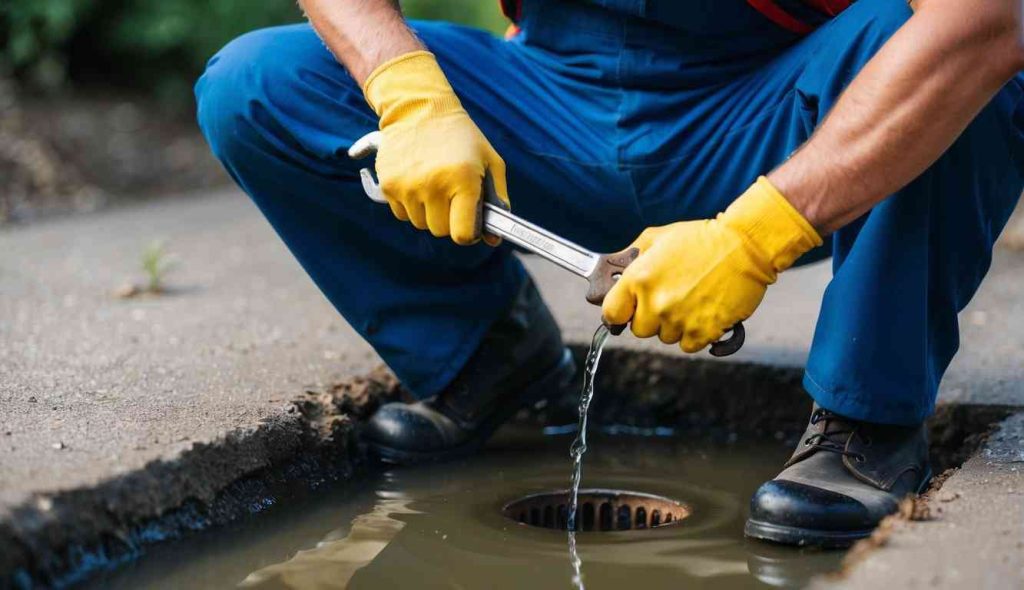
Sewer Solutions recommends:
- Get a camera inspection before major work
- Choose hydro jetting for root-related clogs
- Budget $200 to $600 for typical Louisiana service
- Schedule regular maintenance to avoid emergencies
Professional service is always less expensive than waiting until pipes collapse or sewage backs up into your home.